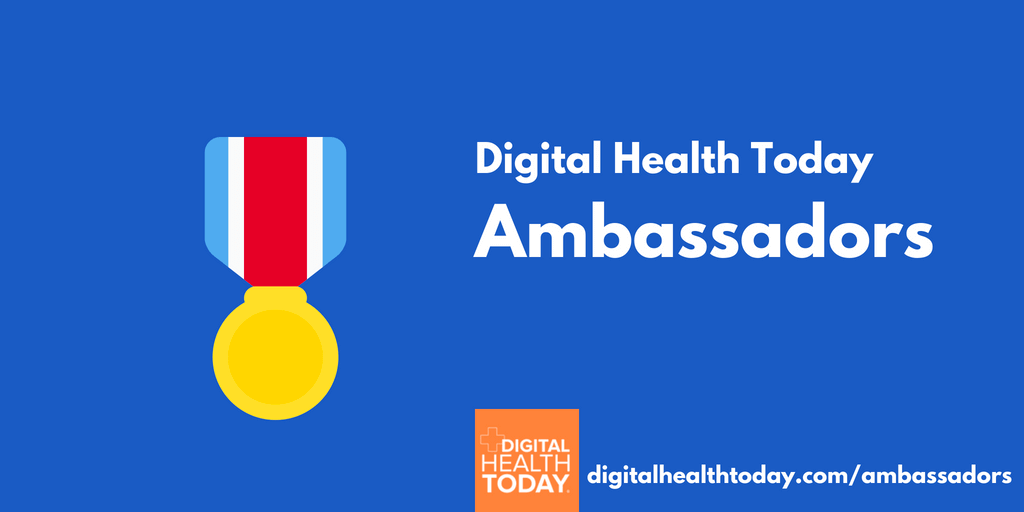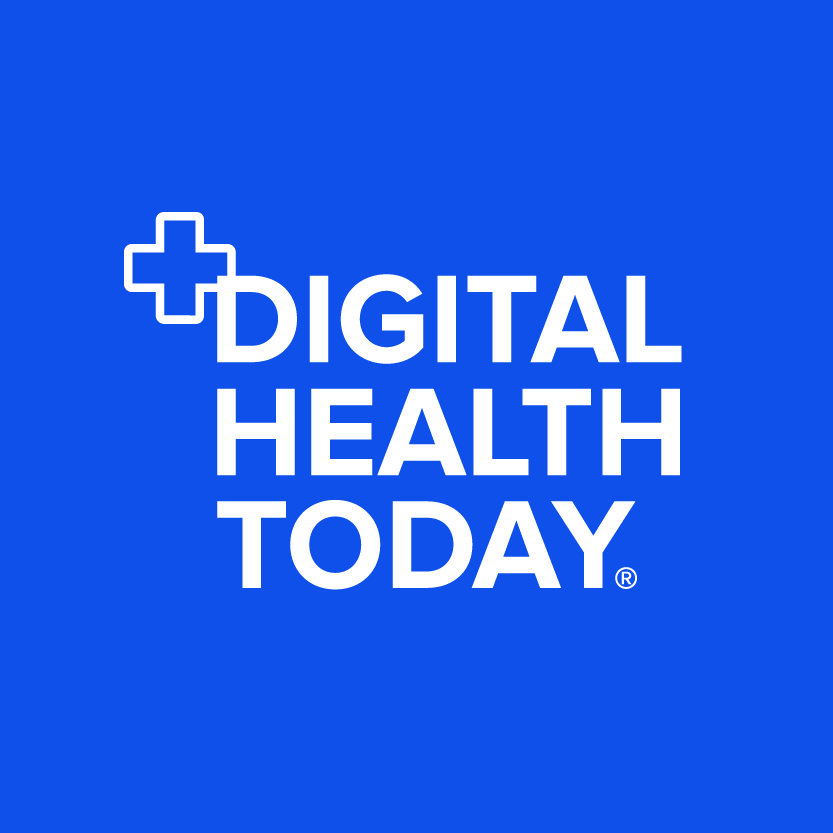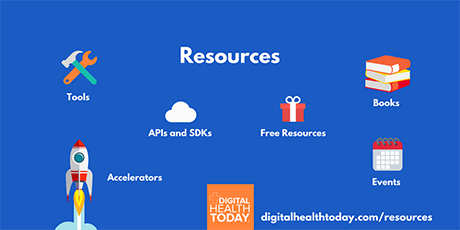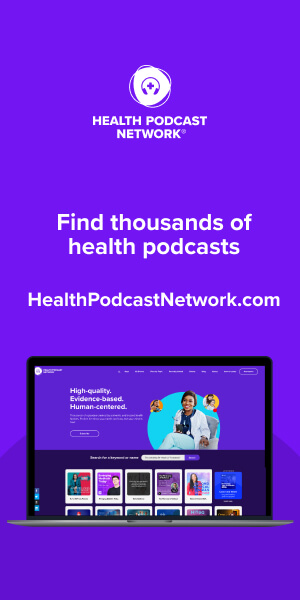Developing countries, struggling to improve health care delivery, are looking for solutions that mHealth may provide. mHealth is defined by the World Health Organization’s Global Observatory for eHealth as “medical and public health practice supported by mobile devices, such as mobile phones, patient monitoring devices, personal digital assistants, and other wireless devices”. Mobile and wireless technologies, used to help achieve targets of health systems, have the potential to change health care delivery for the better.
Why are developing countries so eager?
Firstly, mobile phone use has exploded even in developing countries. The International Telecommunications Union estimates that in 2017 there were 7.5 billion mobile phone subscriptions worldwide with around 80% of these subscriptions in developing countries. Statista estimated that in 2017, there were 4.77 billion mobile phone users worldwide. In developing countries, the World Bank says that roughly, 8 out of 10 individuals own a mobile phone.
Secondly, developing countries lack resources for health care. As a result, there are 400 million people who lack access to essential health care services including antenatal care and child immunization. Also, there is a global shortage of health professionals and facilities, more so in developing countries faced with higher burdens of disease. For instance, maternal mortality rates in developing countries are higher than in developed countries (compare India at 174 versus 3 in Finland). Obviously, developing countries need solutions.
What can mHealth bring?
Studies and evidence from developing countries show far-reaching benefits of mHealth interventions such as improvements in:
- Patient compliance and adherence to treatment
- communication
- outcomes
- data collection, storage, and
- support and supervision to health workers.
These are exciting times for healthcare systems as gaps can be bridged by mHealth.
An example of mHealth in action – in India
In Gujarat state in India, front-line village health workers called Accredited Social Health Activists (ASHAs) are attempting to tackle high infant and maternal mortality rates, and low coverage of community-based maternal and child health (MNCH) services. This gap in healthcare delivery was addressed with a m-Health intervention called ImTeCHO (Innovative Mobile-phone Technology for Community Health Operators) developed in 2013. ASHAs were faced with the main problem of inadequate supervision and support due to staff shortage. They are now able to access a helpline, greater supervision, and incentives built into the mobile phone and web applications.
ASHAs now visit rural families and use smartphones to deliver MNCH care and record data. The software application has inputs specific to the care delivered and provides ASHAs with their daily schedules (given from the Primary Health Care or PHC site), and a list of who to visit. During their visit, reminders of steps to carry out in care and video messages are given. Data gathered time and work done (tracked by phone) is then fed back to their PHC staff which allows better supervision and incentive payment. Supervision and support costs are lower.
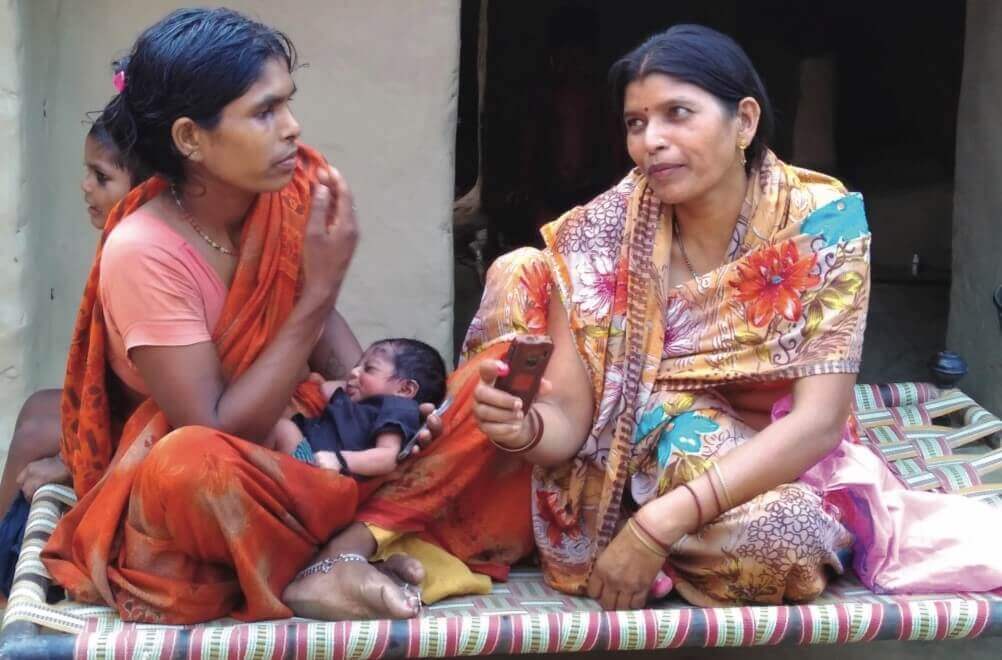
Figure 1: Photo of an ASHA (right) counseling a mother in India, using a mobile phone. Source: www.crs.org
Figure 2. Video showing how ImTeCHO works.
So far, 20,000 people in 600 villages have been reached. Now 500 ASHAs are using ImTeCHO daily and project reports state that infant and maternal mortality rates have fallen by 25% in the area. While an evaluation of the intervention’s success is in progress, formative results during the pilot among 45 ASHAs are encouraging.
So, what next?
Evidence on efficacy of mHealth is limited in developing countries since most interventions are only based on pilot studies (largely due to lack of funding). However, it shows health care delivery can be improved if the potential of increased mobile phones use in these countries is capitalized. Political will, funding for research, collaboration and guidance to scale up mHealth systems, are needed to ensure sustainability and continual improvement. So, mHealth is a solution, critical for developing countries. Now is the time to harness its full potential.

